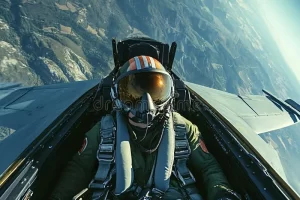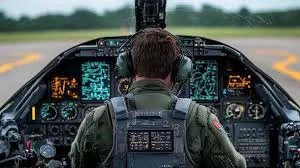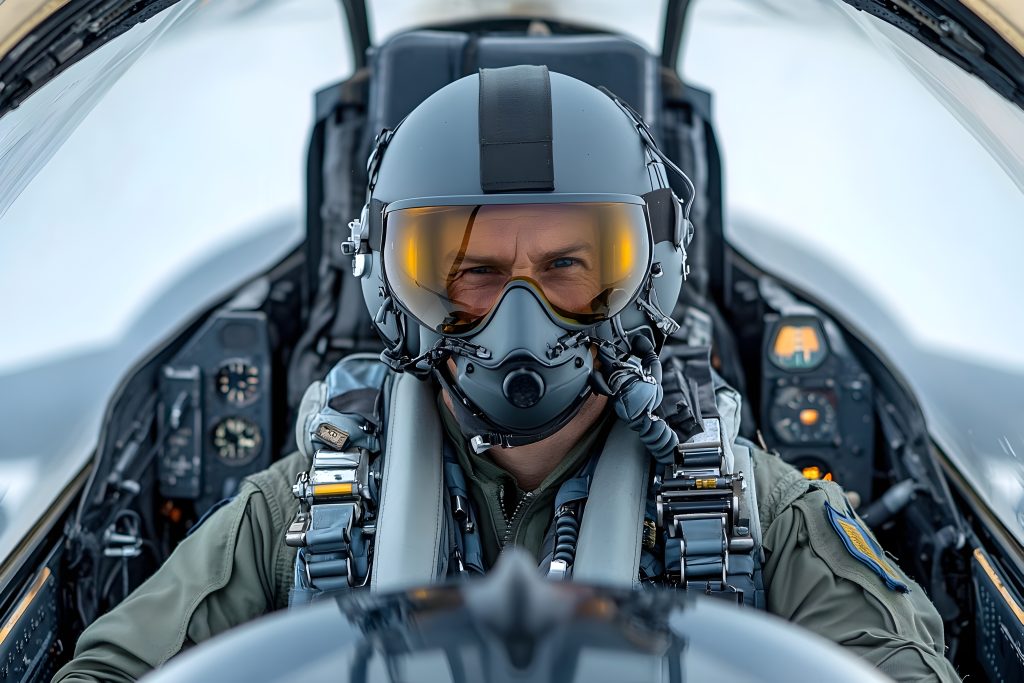The Journey to Becoming a U.S. Military Pilot in 2024: A Complete Guide
Becoming a U.S. military pilot is a challenging and rewarding career that requires skill, dedication, and perseverance. In 2024, the pathway to becoming a pilot in the U.S. military offers many opportunities, but also comes with rigorous requirements. If you’ve dreamed of flying some of the most advanced aircraft in the world, this guide will walk you through everything you need to know.
1. Why Choose a Military Pilot Career?
The role of a military pilot is crucial in modern defense, from conducting surveillance to leading combat missions. Aside from the prestige, being a pilot also offers significant personal and professional development. The U.S. military provides top-notch training, leadership opportunities, and access to cutting-edge aviation technology.
2. Basic Requirements to Become a U.S. Military Pilot
Before even thinking about flight school, there are a few non-negotiable prerequisites:
- U.S. Citizenship: Only U.S. citizens can become military pilots.
- Education: A bachelor’s degree is mandatory. While degrees in STEM fields are common, the Air Force and Navy are open to various academic backgrounds, provided you meet their training standards.
- Physical Requirements: You must pass stringent medical exams, ensuring you are in top physical and mental shape. Excellent vision and hearing are essential.
- Age: Typically, you must be between 18 and 30 years old when applying to pilot training programs, but the exact age limits vary between military branches.
3. Choosing Between Different Branches
Each branch of the U.S. military has its own aviation opportunities and aircraft:
- U.S. Air Force: Offers a variety of roles from fighter to cargo pilots. Known for operating a large fleet of jets, including the F-22 Raptor and B-2 Spirit.
- U.S. Navy: Specializes in carrier-based aviation. Navy pilots are trained to take off and land on aircraft carriers.
- U.S. Army: Primarily uses helicopters, such as the Apache and Black Hawk, for combat support.
- U.S. Marine Corps: Combines elements of both ground and air combat. Marine aviators are versatile, flying both jets and helicopters.
4. Pathway to Becoming a U.S. Military Pilot
Here is the step-by-step journey you’ll likely follow:
Step 1: Earn a Bachelor’s Degree
As mentioned, a bachelor’s degree is essential. The military requires well-rounded individuals with leadership and academic prowess.

Step 2: Enroll in Officer Training School (OTS) or Military Academies
To become a pilot, you need to be an officer. The main paths include:
- U.S. Air Force Academy (USAFA): An elite military academy offering a prestigious route into the Air Force.
- Officer Candidate School (OCS): For individuals with a bachelor’s degree, OCS is the fast-track route to becoming an officer in various branches.
Step 3: Pass the Aviation Selection Test
Before flight school, candidates must take and pass the Aviation Selection Test Battery (ASTB). This test examines spatial awareness, math, and reading comprehension.
Step 4: Flight School
Once you pass all your tests and are selected, it’s time to attend flight school. Each branch has its specific school:
- Air Force: You’ll attend Undergraduate Pilot Training (UPT) where you’ll fly T-6 Texan II and other trainer aircraft.
- Navy/Marines: Naval Air Training Command is where you’ll train in basic and advanced flight skills.
- Army: Warrant officers and commissioned officers attend Army Aviation School to fly rotary-wing aircraft.
5. Military Pilot Training Programs
Training is rigorous, and each branch of the military focuses on honing specific skill sets:
- Air Force: Specializes in high-altitude, high-speed jet operations. Pilots will experience extensive training on handling fast jets like the F-35.
- Navy: Focuses on carrier-based operations. The precision of taking off and landing on an aircraft carrier in the middle of the ocean is emphasized.
- Army: Trains on helicopters and focuses on supporting ground troops in tactical situations.
6. Specializations Within Military Aviation
Once you’ve completed basic flight school, you’ll have the chance to specialize:
- Fighter Pilot: Operating some of the most advanced fighter jets in the world, such as the F-22 and F-35.
- Transport Pilot: Moving troops, cargo, and equipment globally using large aircraft like the C-130 Hercules.
- Helicopter Pilot: A vital role in combat zones, especially for medevac, troop transport, and combat support.
7. Challenges of Being a Military Pilot
While flying for the U.S. military is exciting, it’s not without its challenges:
- Rigorous Training: The physical and mental demands are high. Pilots must consistently perform at their best.
- Deployment: As a military pilot, you may be deployed to global conflict zones, which can be stressful for both you and your family.
8. Rewards of the Career
The prestige of being a U.S. military pilot cannot be overstated. From flying cutting-edge aircraft to traveling the world, this career offers unmatched experiences and personal growth. Moreover, military pilots enjoy benefits such as:
- Competitive Salary
- Healthcare and Housing
- Retirement Plans
9. Life After Service
Many military pilots transition to civilian roles after their service. Careers in commercial aviation, aerospace engineering, and flight instruction are common paths for former military pilots. The skills and leadership you gain are highly valuable in civilian life.

10. Conclusion: Is It for You?
Becoming a U.S. military pilot in 2024 is a demanding yet rewarding path. The journey is long and challenging, but the rewards of service, skill acquisition, and personal growth make it worth considering for those with a passion for aviation and a desire to serve their country.


